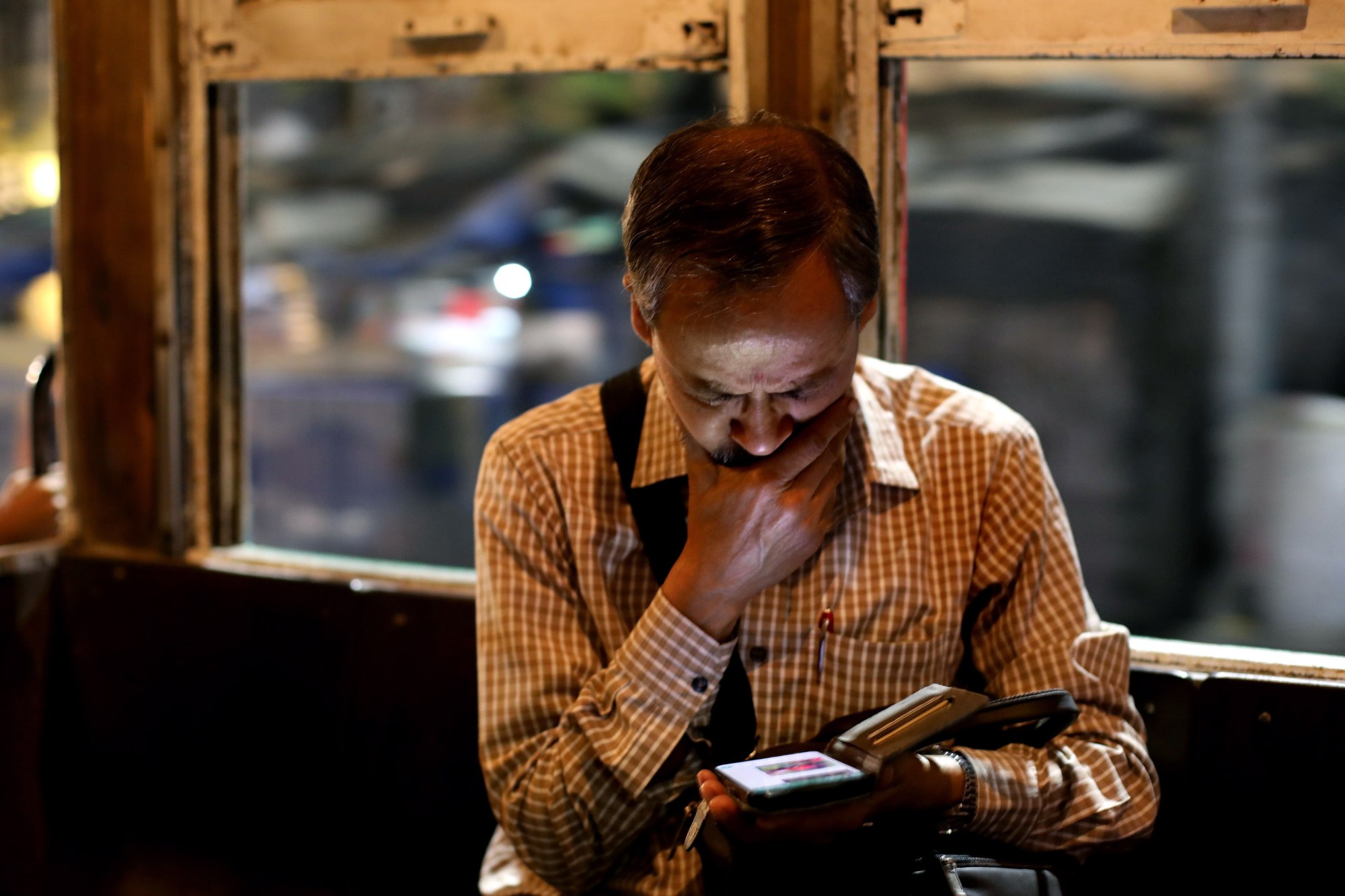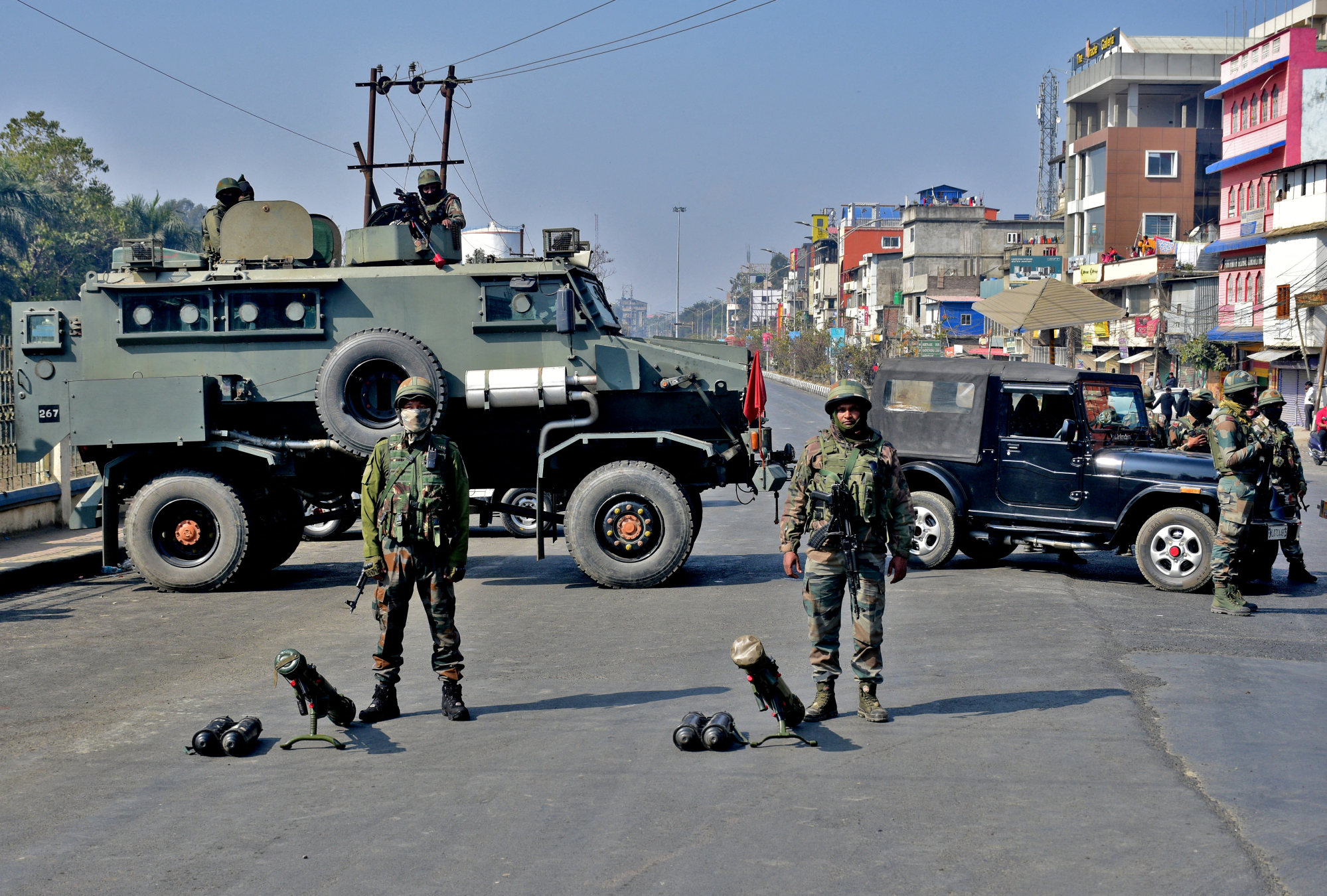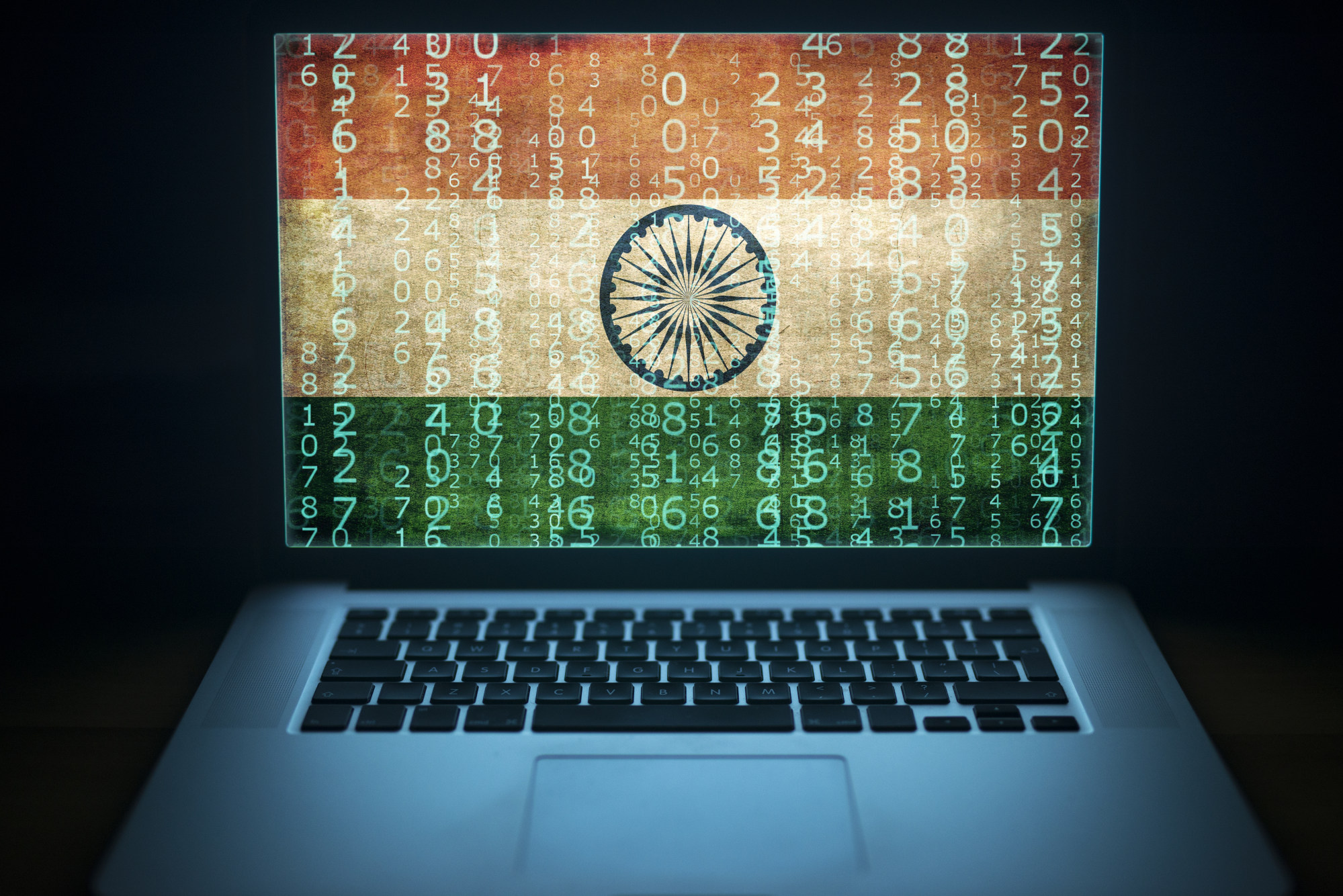The “Shrinking Democracy, Growing Violence” report released on May 15 by Access Now, a global non-profit organisation focused on digital civil rights, found that the world’s most populous country cut online access more than any other nation last year – being responsible for over half of all internet shutdowns in 2023.
Amid ongoing conflicts and rising geopolitical tensions, enforced internet shutdowns rose by 41 per cent worldwide compared to 2022, the report found. But India’s record is particularly concerning.
“We are seeing a rise in digital authoritarianism in India, and shutdowns are one part of that,” said Shruti Narayan, Asia-Pacific policy fellow at Access Now, who called India’s internet shutdowns “unlawful”. “One reason shutdowns are increasing is that there is no accountability.”
Reasons given for imposing information blackouts in recent years have ranged from protests to academic exams and pre-empting civil unrest.
India’s 2017 Telecom Suspension Rules provide a legal framework for temporary internet shutdowns of up to 15 days under the Indian Telegraph Act of 1885. But the government has found loopholes to extend information blackouts.
The UN Human Rights Council passed a resolution in 2016 unequivocally condemning state-imposed actions aimed at intentionally disrupting access to information online.

Digital contradiction
According to official figures, India is home to over 936 million internet users, with millions more being added every year as smartphones proliferate and mobile data plans remain some of the cheapest in the world.
Access has skyrocketed over the past decade: the country’s internet penetration currently hovers around 52 per cent, up from just 14 per cent in 2014.
Meanwhile, Modi’s government has spent the past nine years pushing its “Digital India” campaign to transform the nation into a digitally powered knowledge economy – a push that activists say it undermines with its overbearing shutdowns that are affecting increasing numbers of Indian internet users.
“The bottom line is we cannot afford to have an internet shutdown in a country or ecosystem where your policies and practices are fully dependent on online,” said Osama Manzar, co-founder and director of the New Delhi-based non-profit Digital Empowerment Foundation.
“We cannot say the road is the only way you can go from one place to another and then just shut down the road. The government can at least leave selected websites open and implement limited restrictions rather than a blanket ban,” he said.

Still, other monitoring agencies call the number of internet shutdowns in India alarmingly high compared to other democracies.

Authoritarian approach
And it’s not just total internet shutdowns. Between January and October last year, the Indian government issued orders blocking more than 7,500 specific websites according to Access Now figures and also directed the removal of social media content and taking down of accounts.
Independent analysts suggest that democratic backsliding and authoritarian tendencies have become more pronounced over the past decade under Modi.
“It’s clear from the increasing number of internet shutdowns that India is not currently a fully functioning democracy,” said Simon Migliano, head of research at digital-access advocacy website Top10VPN.
“Freedom of political expression is a vital component of a healthy democracy, and human rights are being trampled by the Indian authorities every time they disrupt internet access and prevent their citizens from sharing information and organising.”
The impact is disproportionate. It’s almost a form of collective punishment
Migliano, who also co-authored Top10VPN’s “Cost of Internet Shutdowns” report, said: “The Indian government has adopted a strategy of highly targeted disruption that focuses on very specific populations, sometimes as small as an individual village or city district. This allows the government to suppress political dissidents without stirring up significant opposition.”
Prateek Waghre, executive director of Indian policy research and advocacy group the Internet Freedom Foundation, added that the figures for internet shutdowns could be an underestimate, as India’s government does not disclose or publish all of its orders.
“We have political parties across the spectrum imposing some restrictions in various ways,” he said.
Waghre said that internet shutdowns not only reflect the federal and state governments defaulting to an authoritarian approach, but also cripple three important elements of a developing economy: financial transactions, the flow of information, and people’s mobility.
“We see this tendency of the entire political system resorting to high-handed measures,” he said. “The impact is disproportionate. It’s almost a form of collective punishment.”
With Modi and his ruling Bharatiya Janata Party widely expected to retain power for a third term after election results are announced on June 4, India’s internet shutdowns aren’t expected to ease any time soon.
collective punishment,” said Waghre.
“One reason shutdowns are increasing is that there is no accountability.” for ordering an unlawful shutdown”

